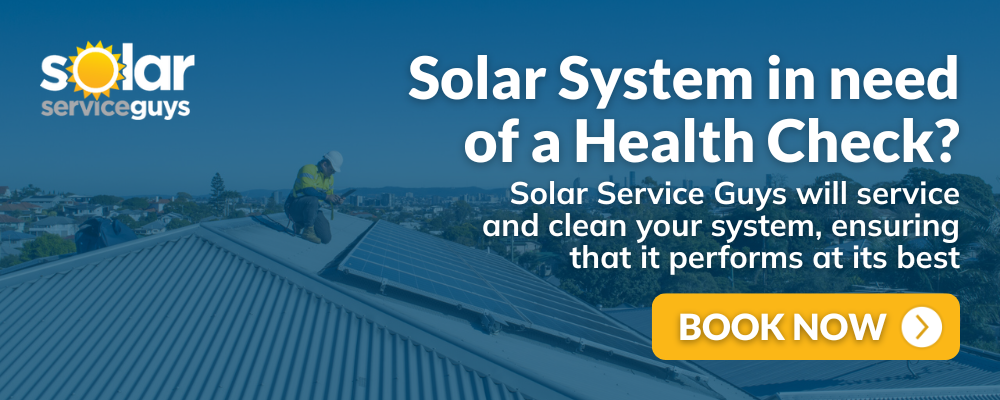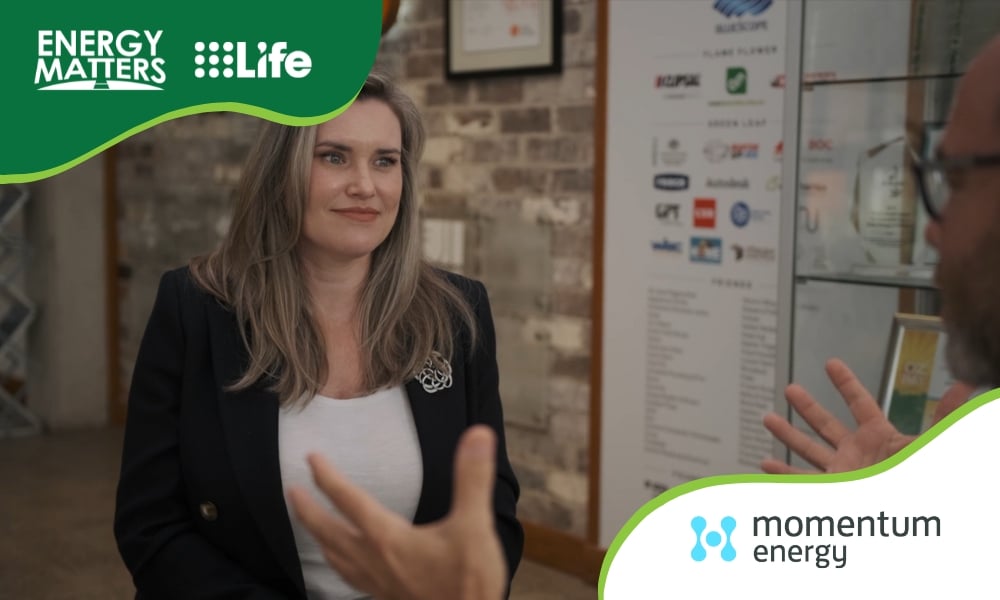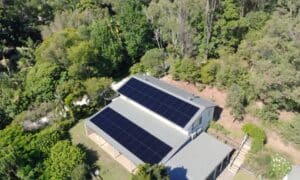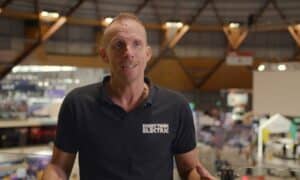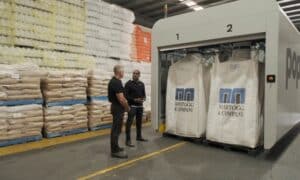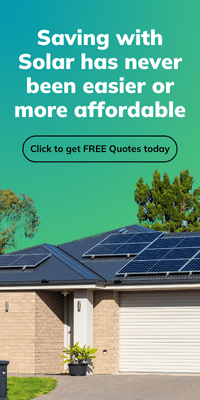James visited the University of Wollongong to bring us an insight into VPP, ARENA, VSS, FCAS, and more in Episode 7 of Energy Matters. If you’re scratching your head at these acronyms, we’ve got you covered! James chatted with Leesa Blazley, Project Director at Momentum Energy, to find out more about the ARENA Community Battery Project and what it means for the University of Wollongong and its various facilities.
Inside the episode: What’s powering the University of Wollongong
James joined Leesa Blazley to unpack the Community Battery Project that has just received the green light from the Australian Renewable Energy Agency (ARENA). It’s a fantastic case study for Momentum. Ten batteries will be installed across the university grounds, adding a hefty 2MW* of storage.
These batteries are more than just oversized power banks. Once installed, Momentum will include them in a Virtual Power Plant (VPP) run by their parent company, Hydro Tasmania. Being part of the VPP means these batteries can work together like a traditional power plant and respond to the demands of the national electricity market. This includes trading energy in the spot market and the Frequency Control Ancillary Services (FCAS) market—unlocking additional revenue streams for the university while helping support grid stability.
This isn’t just good for the bottom line, it’s a win for grid reliability. It does this by supporting the grid to quickly respond to changes in supply or demand. This is increasingly important as growing amounts of electricity are generated by intermittent renewable sources such as solar and wind. Assets connected to a VPP can be turned on or off, even up or down, to help balance supply and demand within the grid as other sources of electricity come and go, depending on whether the sun’s shining or the wind’s blowing. This, in turn, supports decarbonisation efforts by optimising the way solar or wind energy is used and incentivising more investment in renewable sources.
While chatting in the university’s Sustainable Buildings Research Centre (SBRC), James and Leesa dive deeper into the broader energy landscape. This centre is where the rubber hits the road, where innovative energy-saving ideas are trialled, tested, and implemented.
*University of Wollongong Australia, Community Batteries
From energy insights to real-world impact on campus
Later in the episode, James catches up with James Roth, Sustainability Manager for the University of Wollongong. He dropped an eye-watering number: the campus uses around 34GWh of electricity every year. Despite deploying solar systems and switching over to energy-efficient appliances, they’re still a long way off covering their full demand.
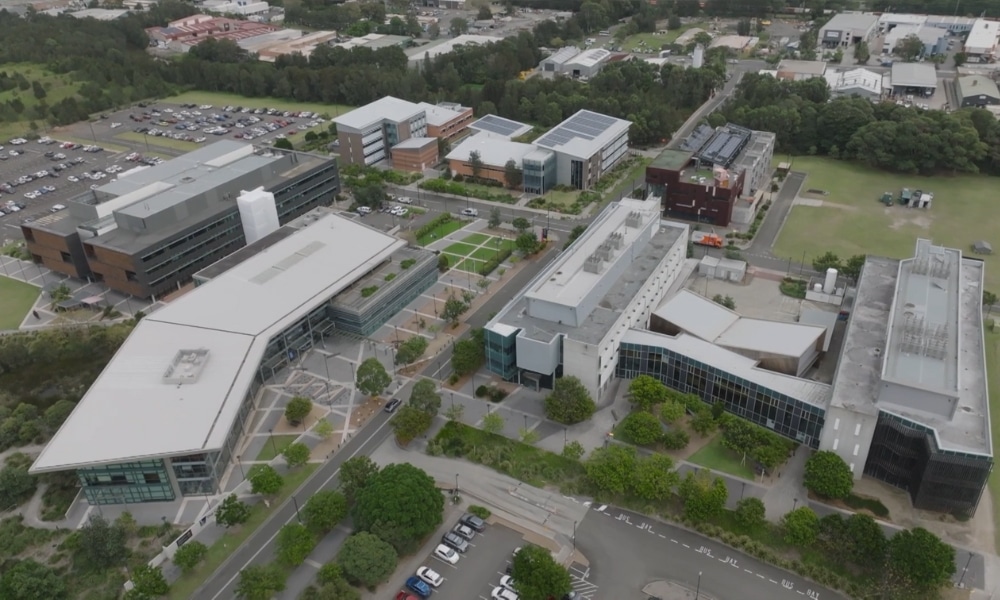
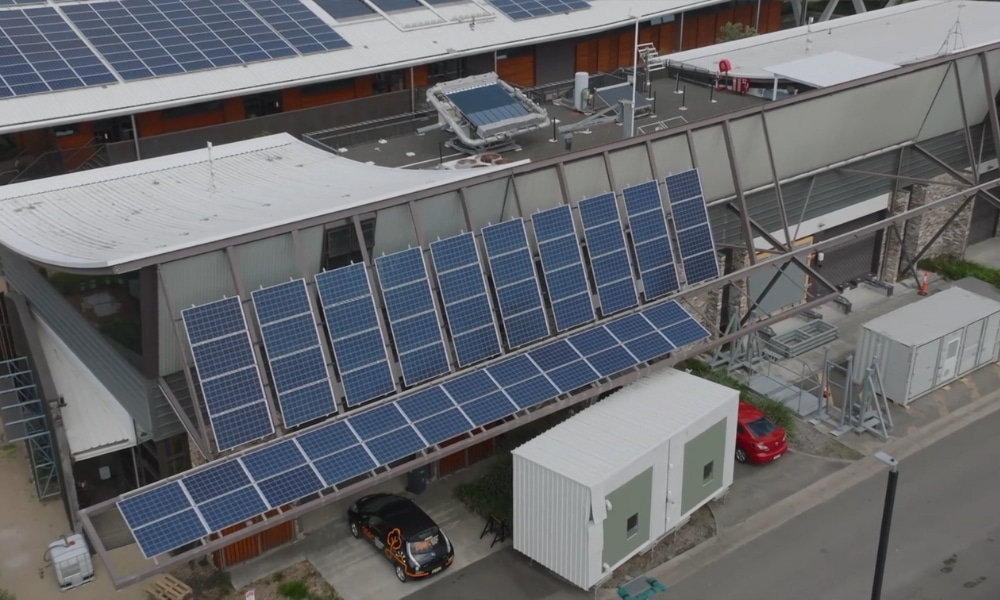
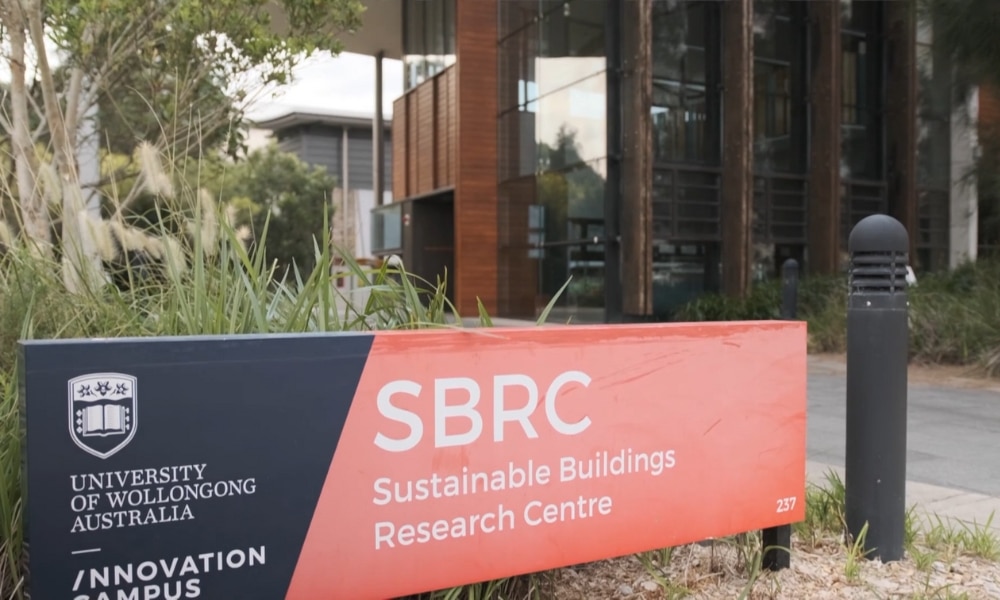
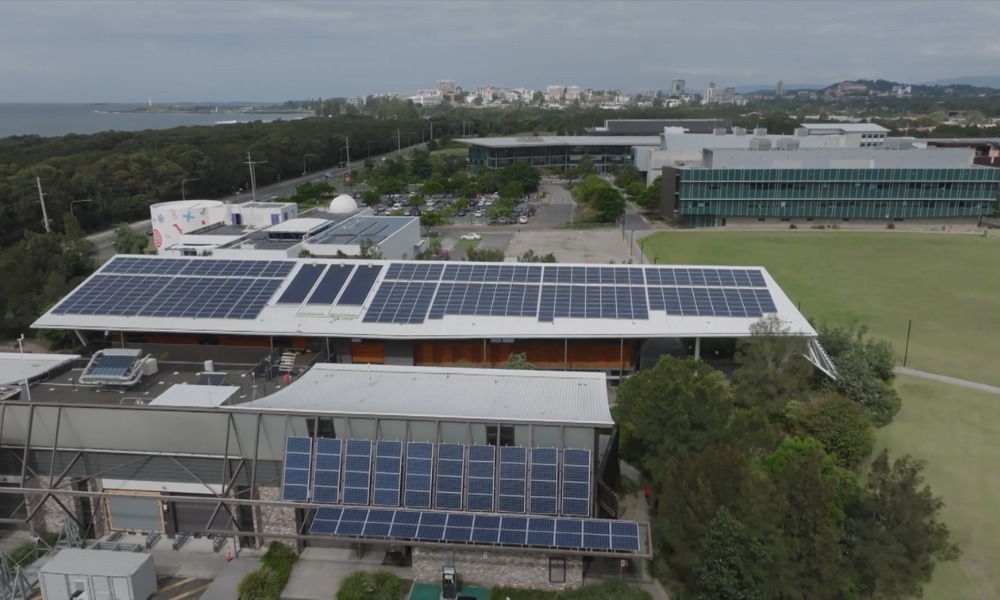
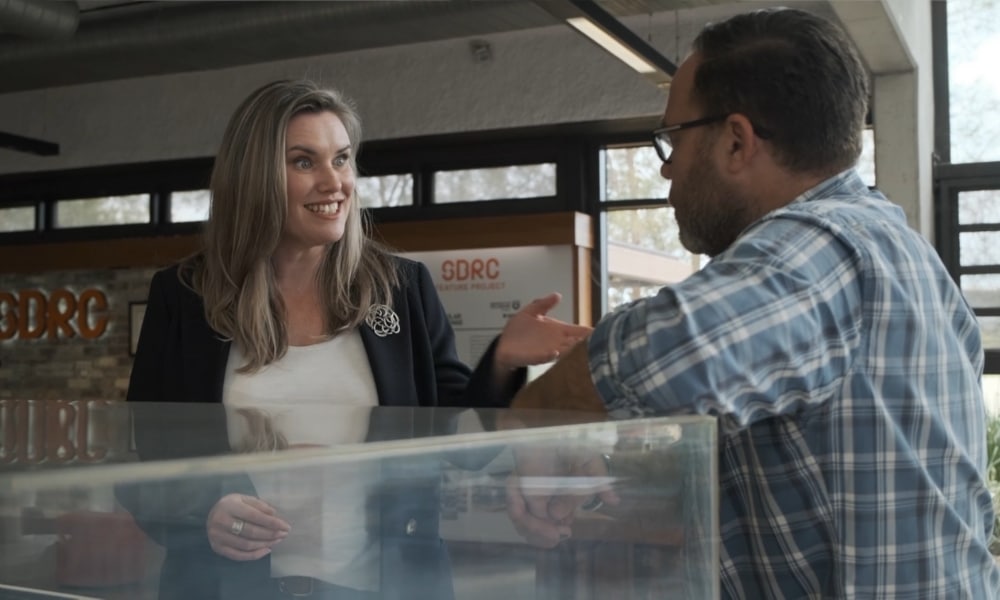
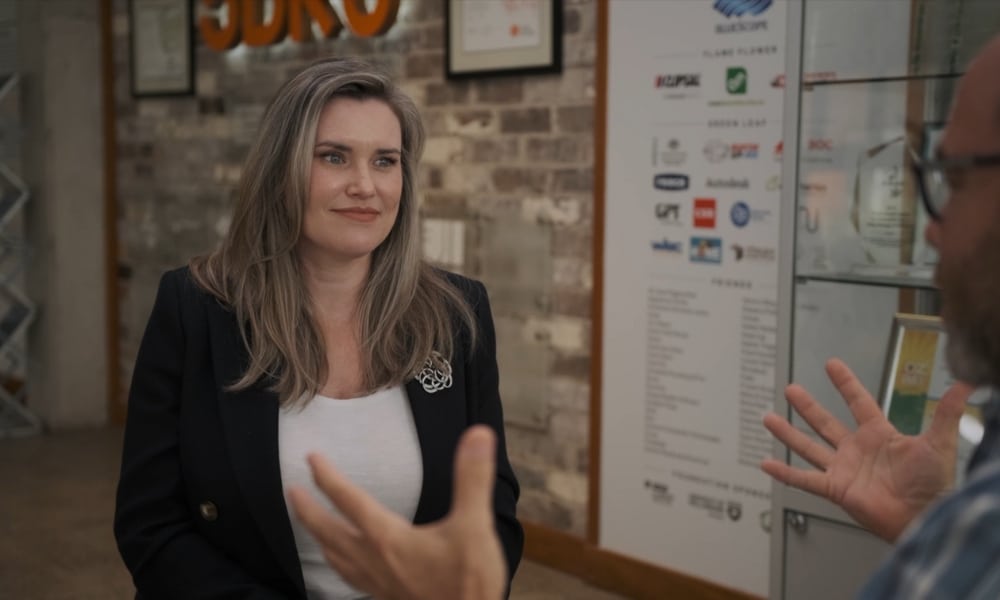
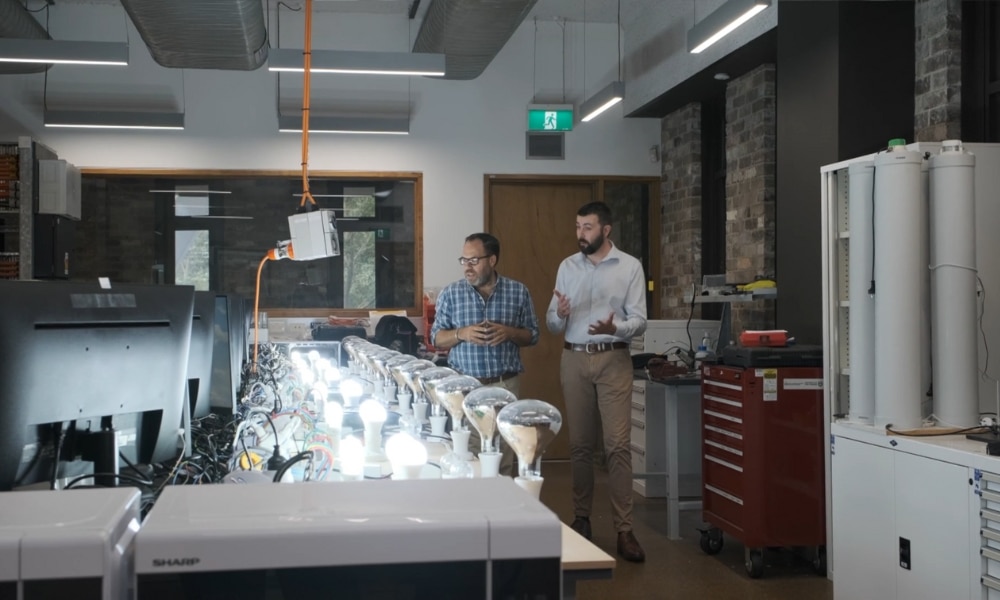
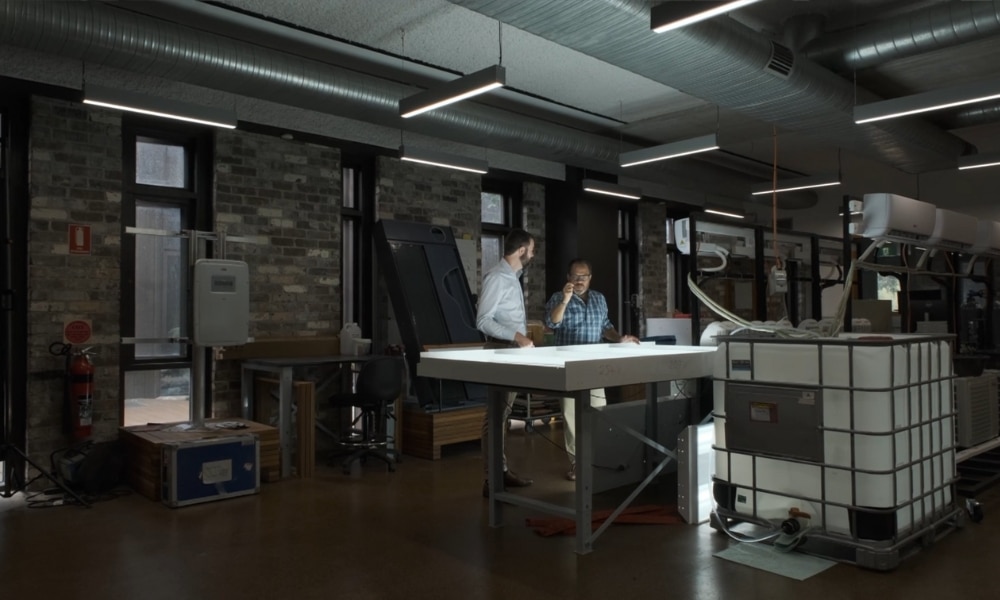
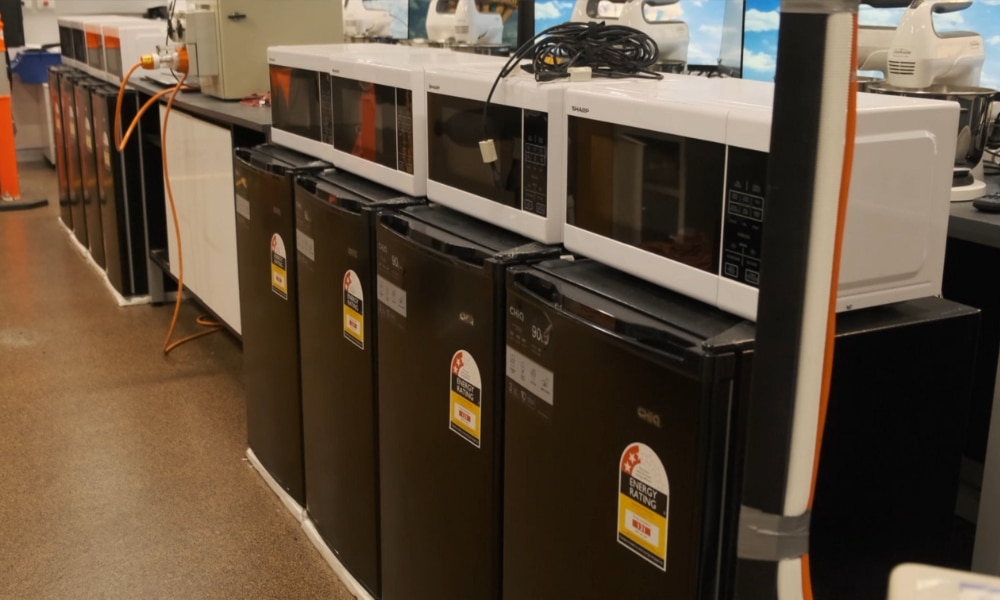
But that’s exactly where the new battery system steps in. These batteries, combined with more solar panels set to roll out over the next four years, will help smooth out the campus’s energy profile. Importantly, they’ll give the university the ability to bank energy and deploy it when it’s most needed, or when it’s most profitable. Participating in Momentum Energy’s Virtual Solar Sharing (VSS) will allow the university to virtually share the financial benefits of its solar across other sites within its campus. They also test a lot of gear at the SBRC, think vacuums, microwaves, and everyday appliances. All of this R&D uses a fair bit of power, so the batteries will help balance the load, reduce costs, and make sure their cutting-edge research stays carbon-conscious.
Talk to Momentum Energy about a VPP
So, what exactly is a Virtual Power Plant, and why should a business participate?
Hydro Tasmania’s VPP, offered by Momentum Energy, is designed to bring scattered energy assets, like solar panels and batteries, under one virtual roof. It’s a bit like forming an energy co-op where everyone chips in and benefits. The assets can then act like one big generator or load balancer, responding to grid demands in real time.
This means institutions like the University of Wollongong can sell excess energy, get paid for reducing consumption at peak times, or help stabilise the grid during unexpected surges—all coordinated through Momentum’s VPP.
To help businesses decide whether it’s worth joining the VPP, Momentum offers a free back cast. This is essentially a backwards forecast. It analyses your historical energy usage data and shows how much revenue you could have made if you’d already joined the VPP program. It’s data-driven and incredibly useful for making a solid business case. Your business can register for a back cast via the Momentum Energy website.
It’s a smart system for smarter energy use. But the genius doesn’t stop there.
Momentum also offers Virtual Solar Sharing (VSS). This program allows organisations with large-scale solar setups, like the university, to share the financial benefits of excess solar generation with other sites, even if they’re not all connected physically to the same system.
As more businesses and institutions look to cut carbon and costs, tools like the VPP and VSS will play a crucial role.
Hydro Tasmania received funding from the Australian Renewable Energy Agency (ARENA) as part of the Community Battery Round 1 under ARENA’s Advancing Renewables Program. The views expressed herein are not necessarily the views of the Australian Government, and the Australian Government does not accept responsibility for any information or advice contained herein.









